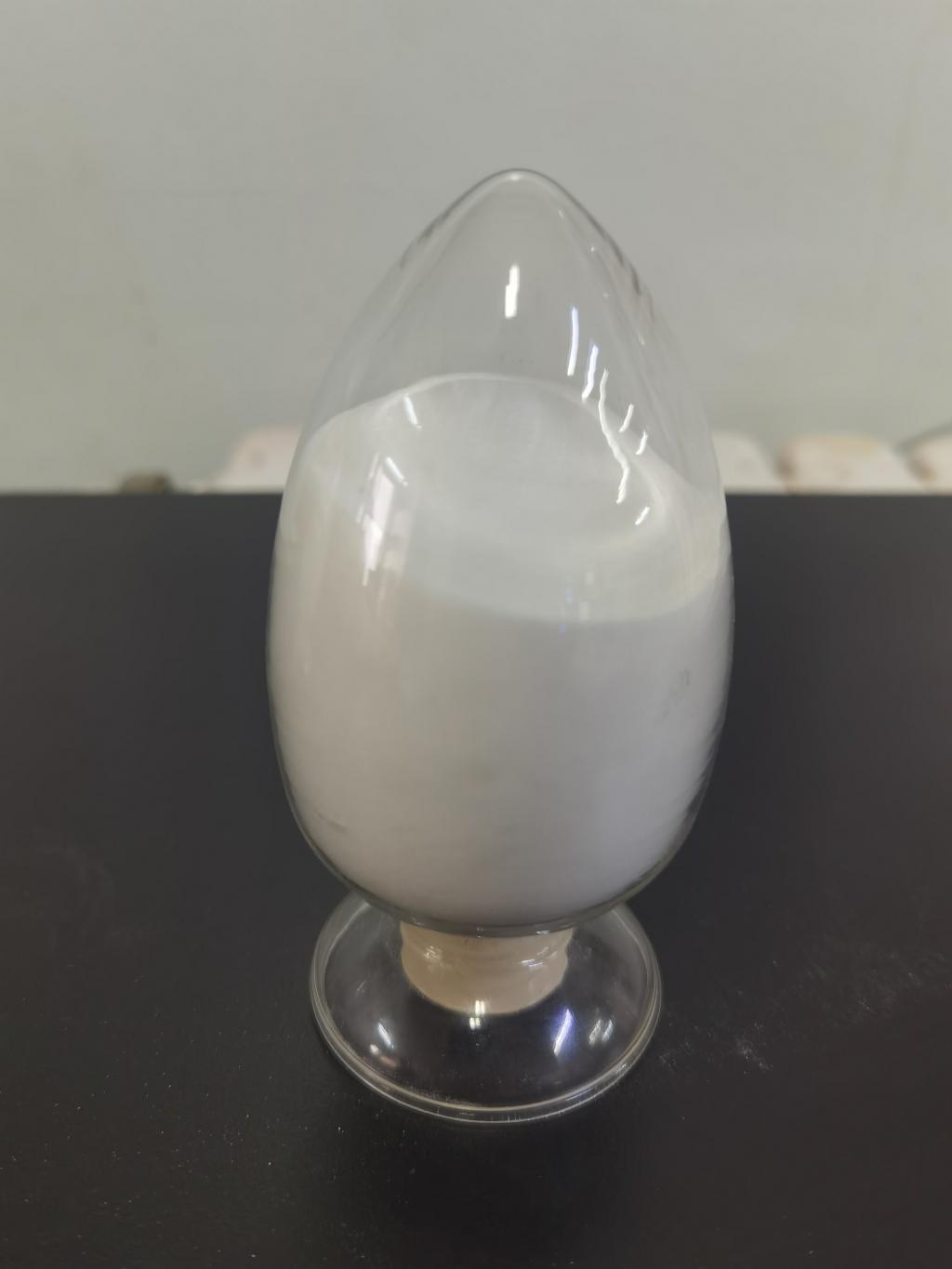Tel:+8618231198596

News
 CONTACT
CONTACT
 CONTACT
CONTACT
- Linkman:Linda Yao
- Tel: +8618231198596
- Email:linda.yao@dcpharma.cn
- Linkman:CHARLES.WANG
- Department:Overseas
- Tel: 0086 0311-85537378 0086 0311-85539701
News
Current Position:
Home >
News
>ε-Polylysine Hydrochloride Pioneering Dairy Product Preservation Techniques.
ε-Polylysine Hydrochloride Pioneering Dairy Product Preservation Techniques.
TIME:2023-11-09
Mechanism of Action
ε-PL exerts its antibacterial effects through multiple mechanisms, making it difficult for bacteria to develop resistance. These mechanisms include:
Disruption of Cell Membranes: ε-PL binds to the bacterial cell membrane, leading to disruption and permeabilization. This disrupts the integrity of the bacterial cell, causing leakage of cellular contents and ultimately bacterial death.
Inhibition of Enzymes: ε-PL can inhibit enzymes essential for bacterial growth and metabolism, further compromising bacterial survival.
Alteration of Gene Expression: ε-PL has been shown to affect gene expression in bacteria, leading to downregulation of vital processes and ultimately impeding bacterial growth and replication.
Applications in Combating Antibiotic-Resistant Bacteria
Multi-Drug Resistant Bacteria: The unique mechanisms of action of ε-PL make it effective against multi-drug resistant bacteria, offering a potential solution to combat infections that are resistant to conventional antibiotics.
Biofilms: ε-PL has demonstrated activity against bacterial biofilms, which are notorious for their resistance to antibiotics and immune responses. This opens avenues for treating chronic infections associated with biofilm formation.
Food Safety: Beyond medical applications, ε-PL's use as a food preservative suggests it could contribute to preventing bacterial contamination and foodborne illnesses, supporting overall public health.
Challenges and Considerations
Dosage and Toxicity: Determining the optimal dosage of ε-PL while ensuring safety remains a challenge. Comprehensive toxicological studies are needed to establish its safety profile for both therapeutic and non-therapeutic applications.
Regulatory Approval: Clear regulatory guidelines are essential for the widespread use of ε-PL as a therapeutic agent. Harmonizing regulations across different regions will be crucial for its adoption.
Resistance Development: While ε-PL's multi-faceted mechanisms make resistance development less likely, ongoing monitoring is required to ensure long-term efficacy.
Emerging Trends and Future Prospects
Combination Therapies: Researchers may explore combination therapies involving ε-PL and conventional antibiotics to enhance treatment efficacy and reduce the risk of resistance development.
Nanotechnology and Drug Delivery: Nanoparticle formulations or innovative drug delivery systems could enhance the targeted delivery and stability of ε-PL, optimizing its therapeutic potential.
Biotechnological Advancements: Advances in biotechnology could lead to the development of ε-PL variants with improved properties, further expanding its applications.
Global Health Impact: ε-PL's potential in combating antibiotic-resistant bacteria could have a transformative impact on global health, particularly in regions with limited access to advanced medical interventions.
- Tel:+8618231198596
- Whatsapp:18231198596
- Chat With Skype







